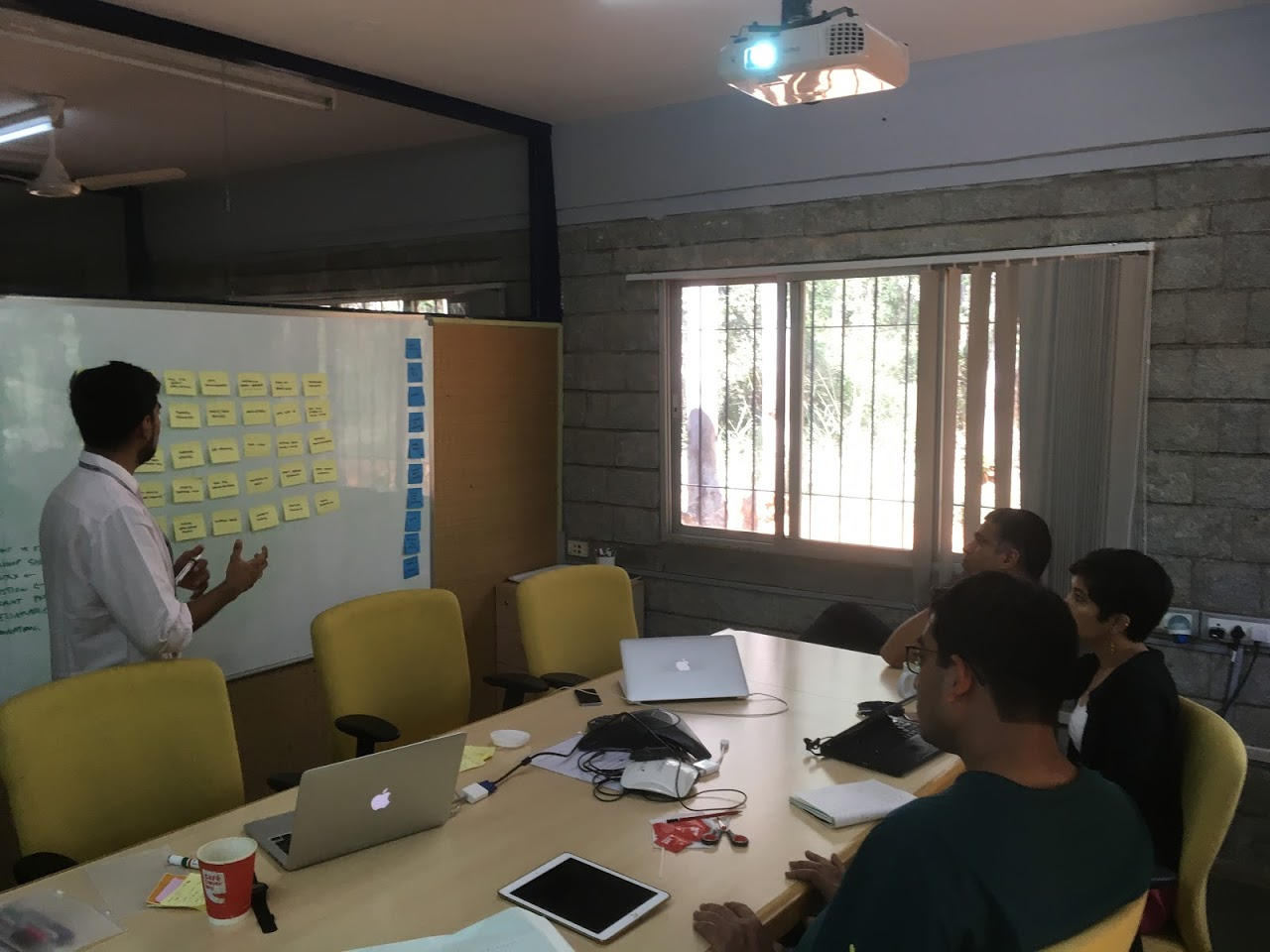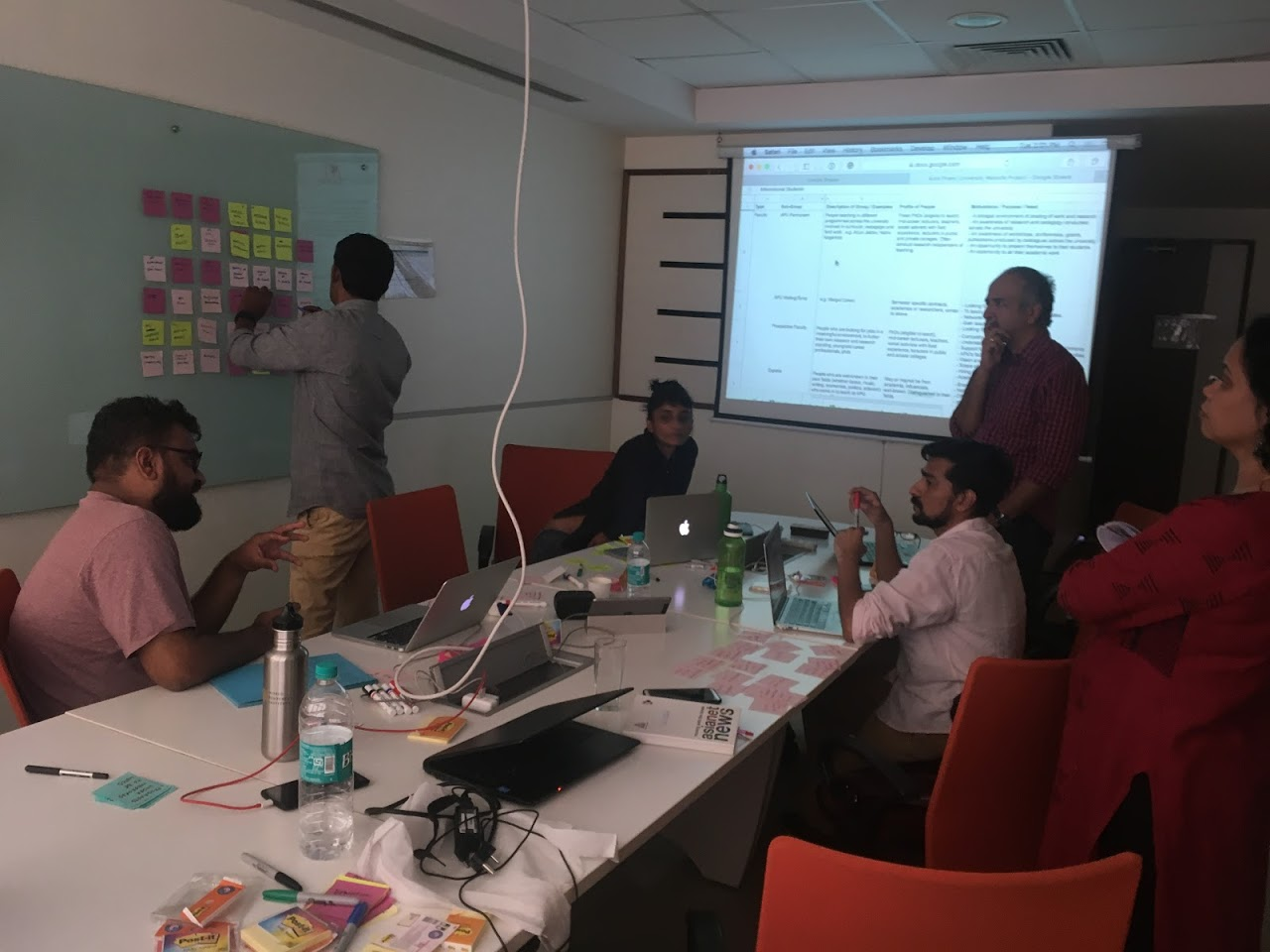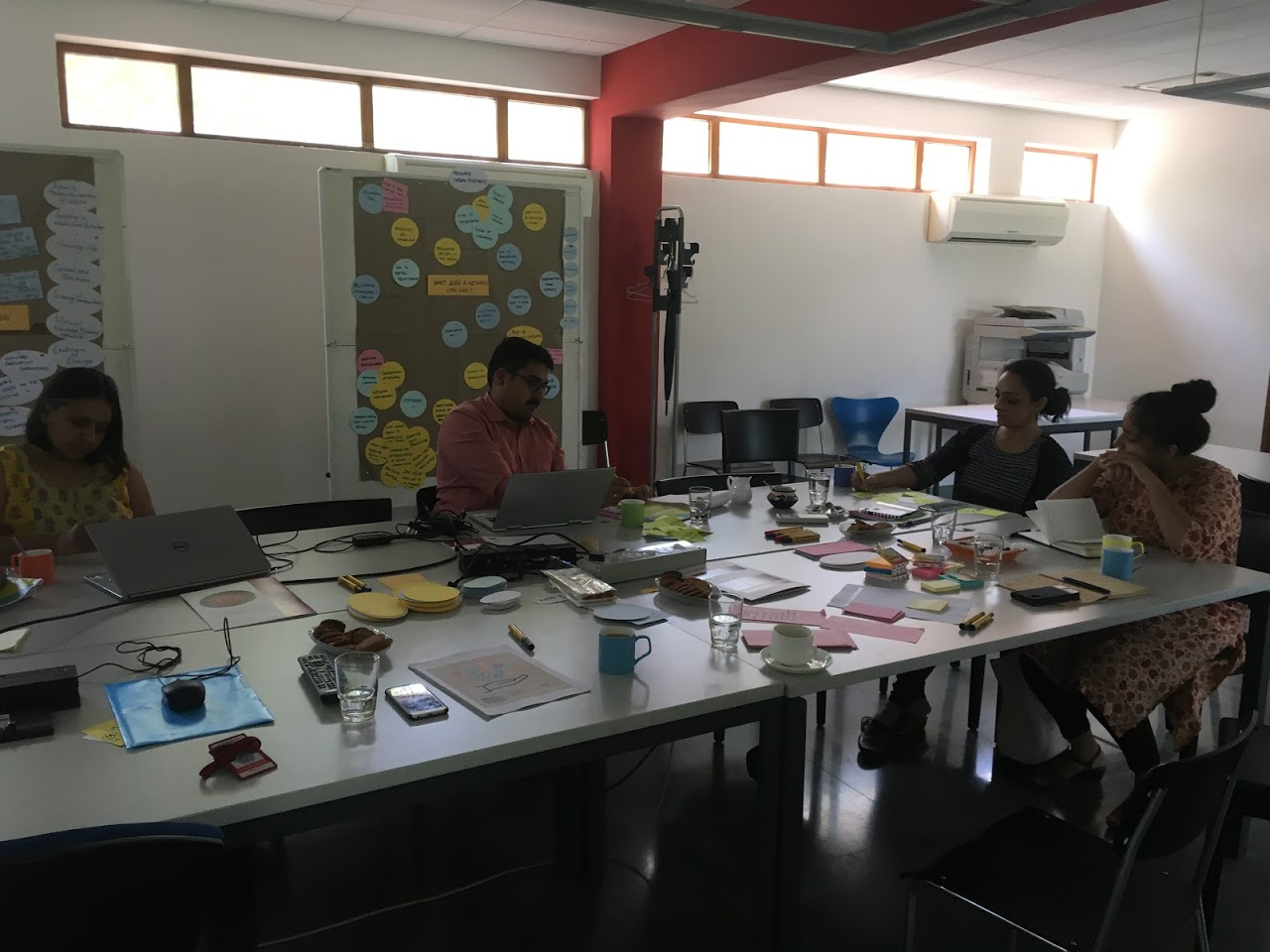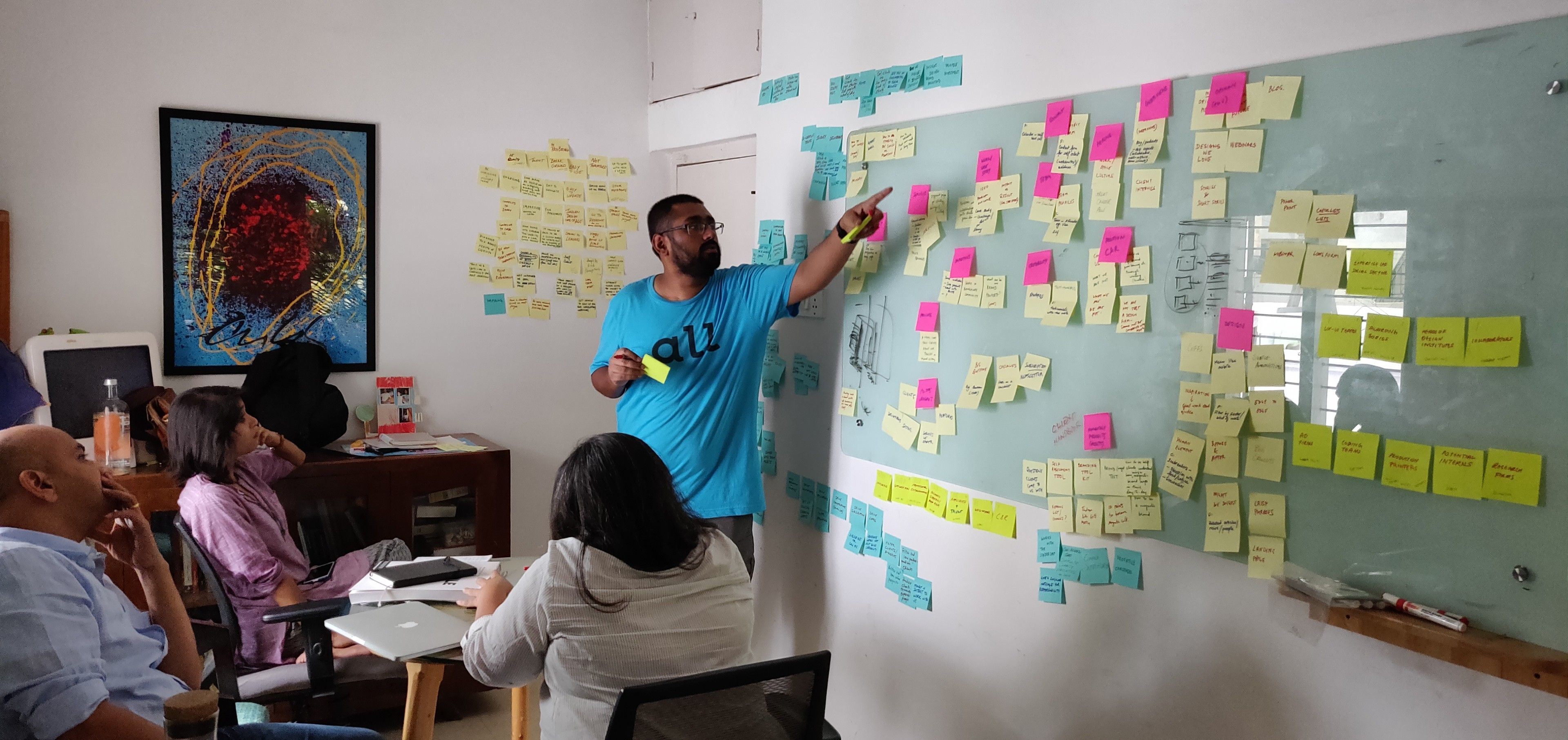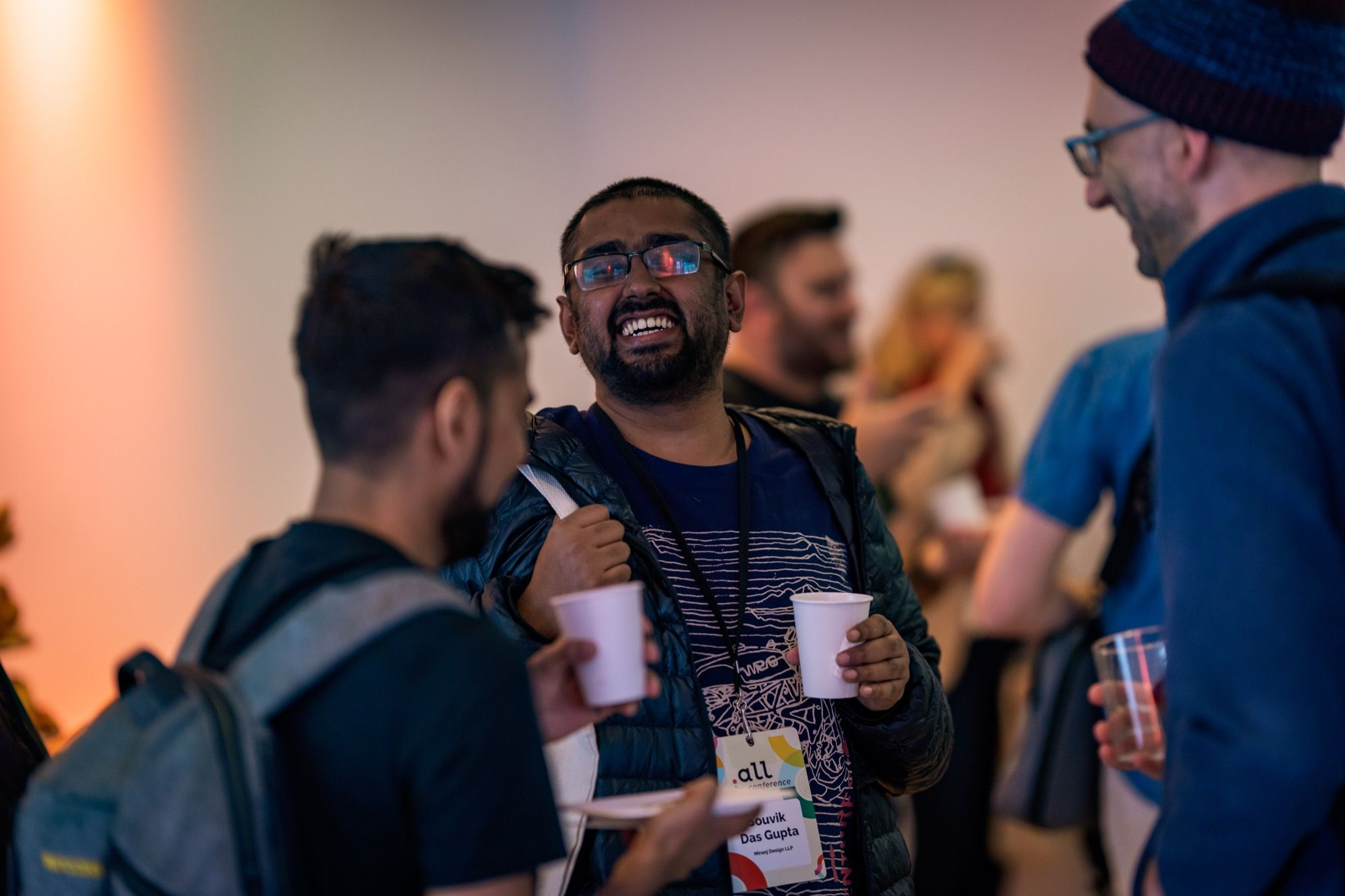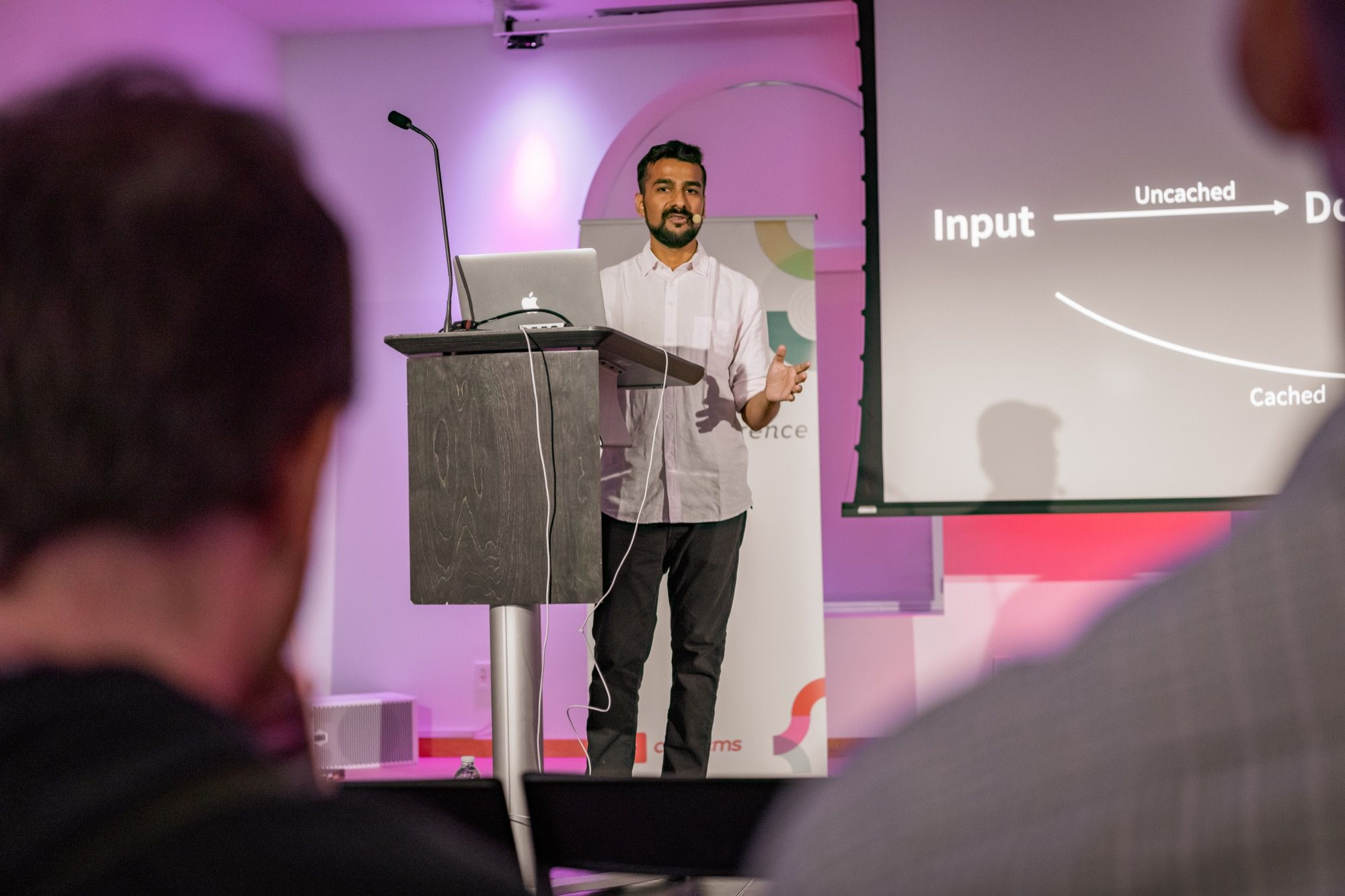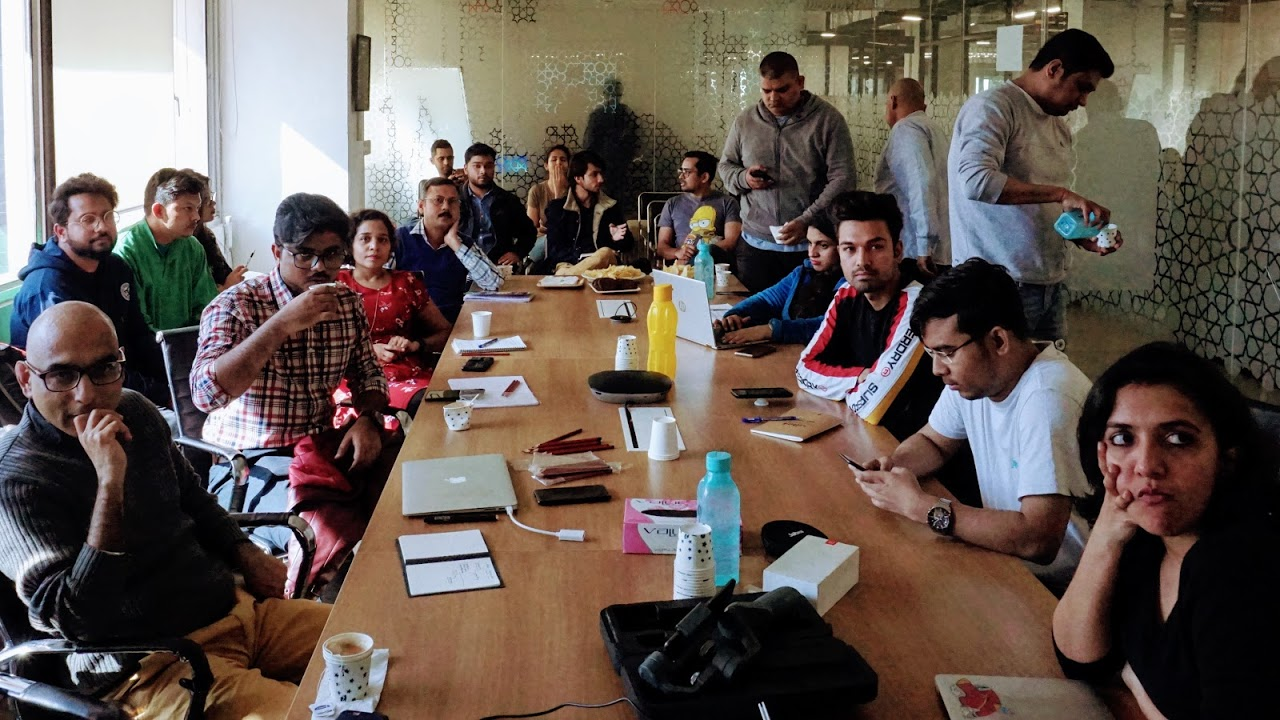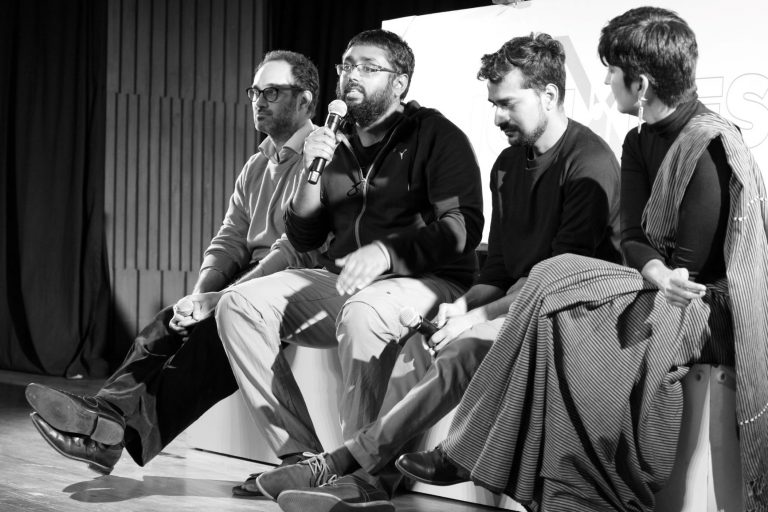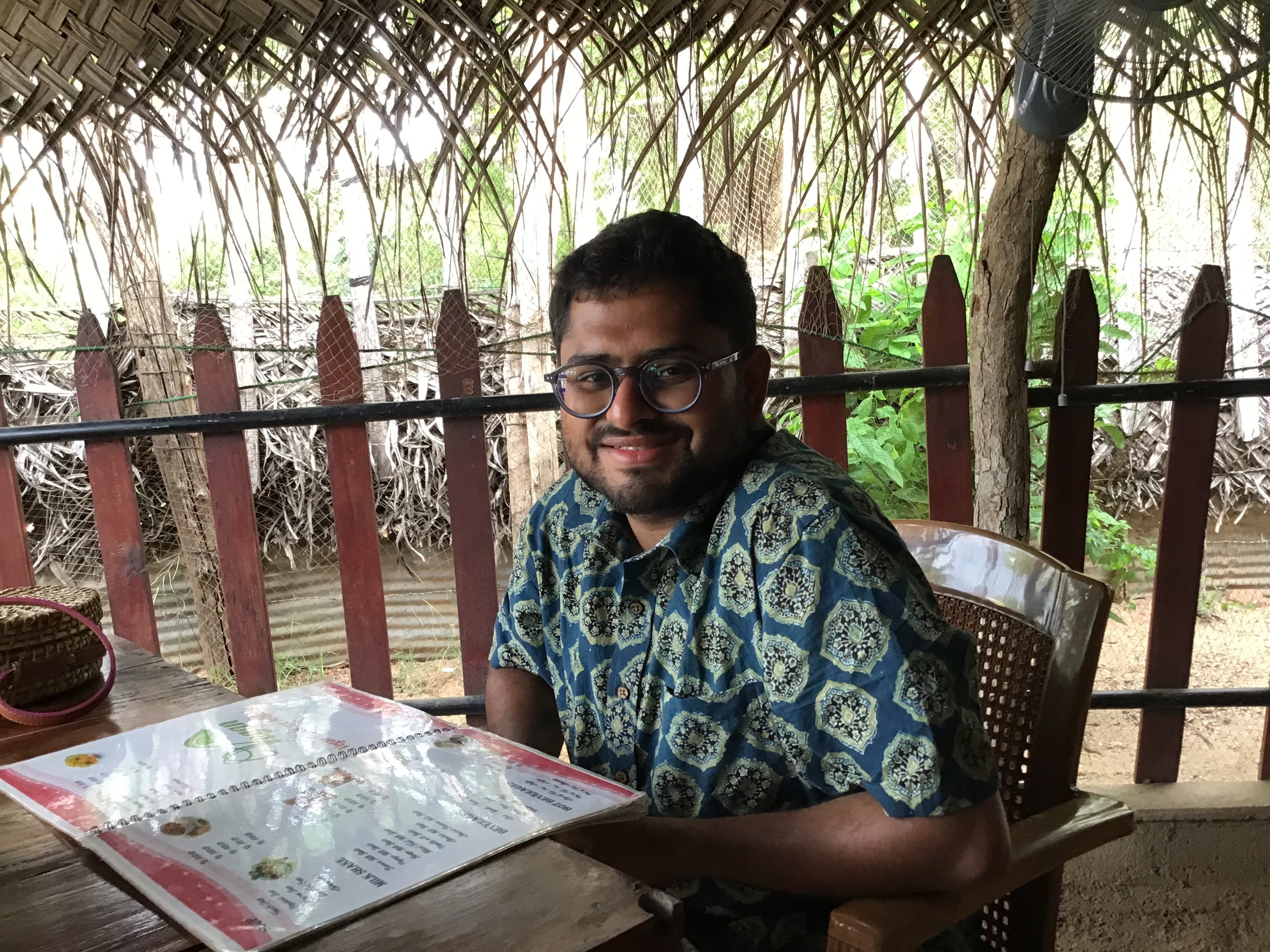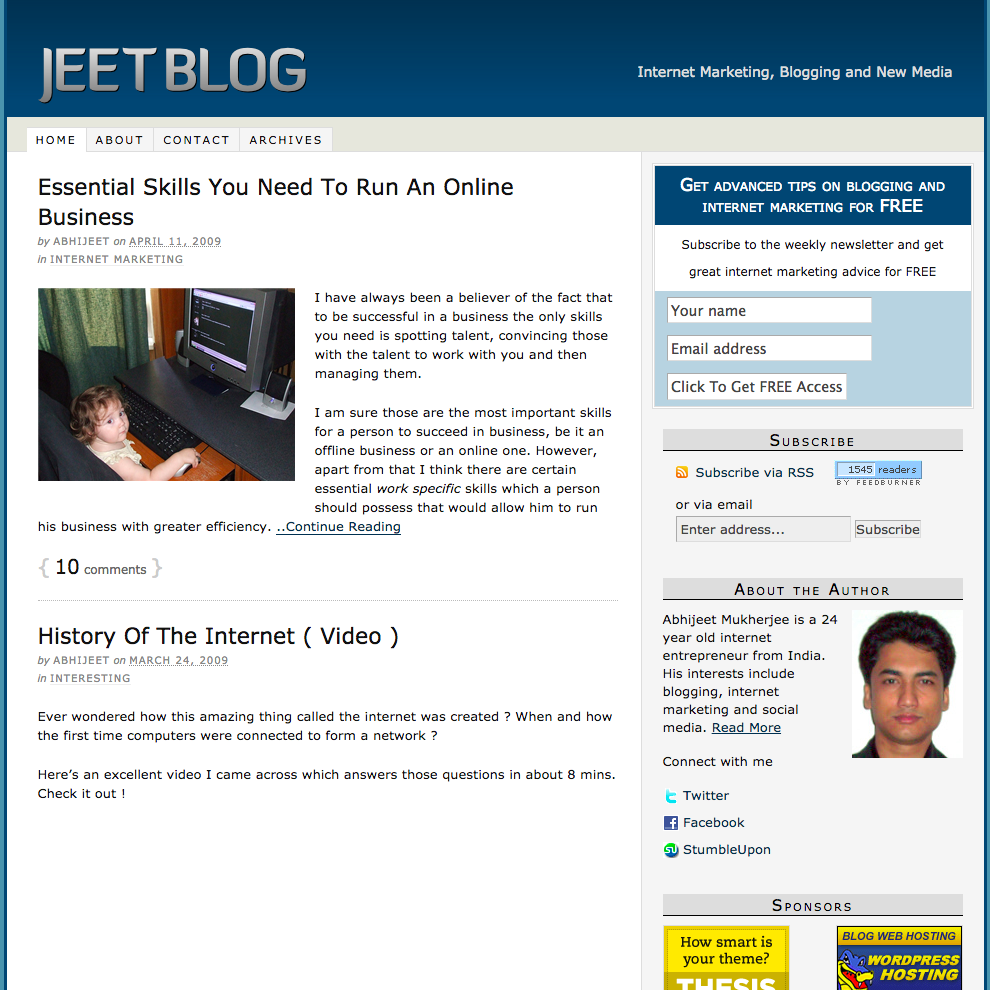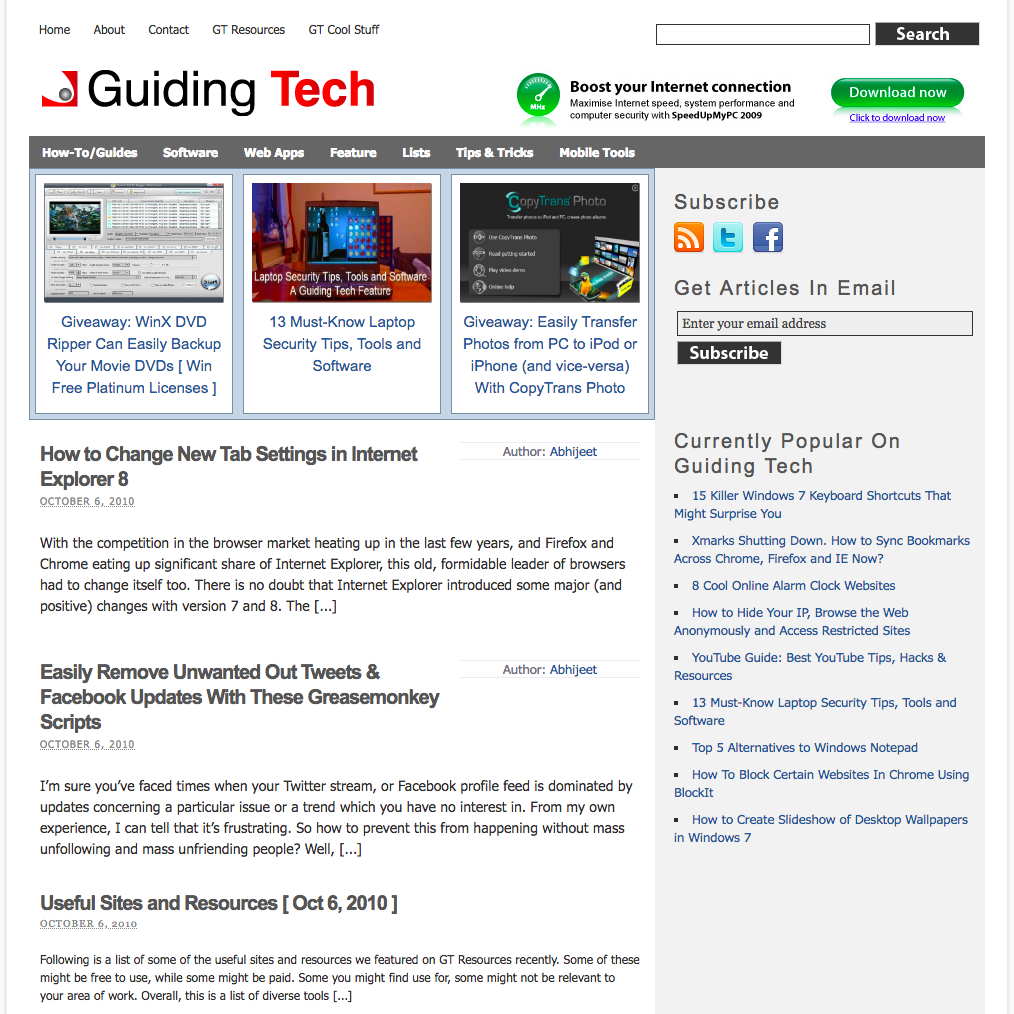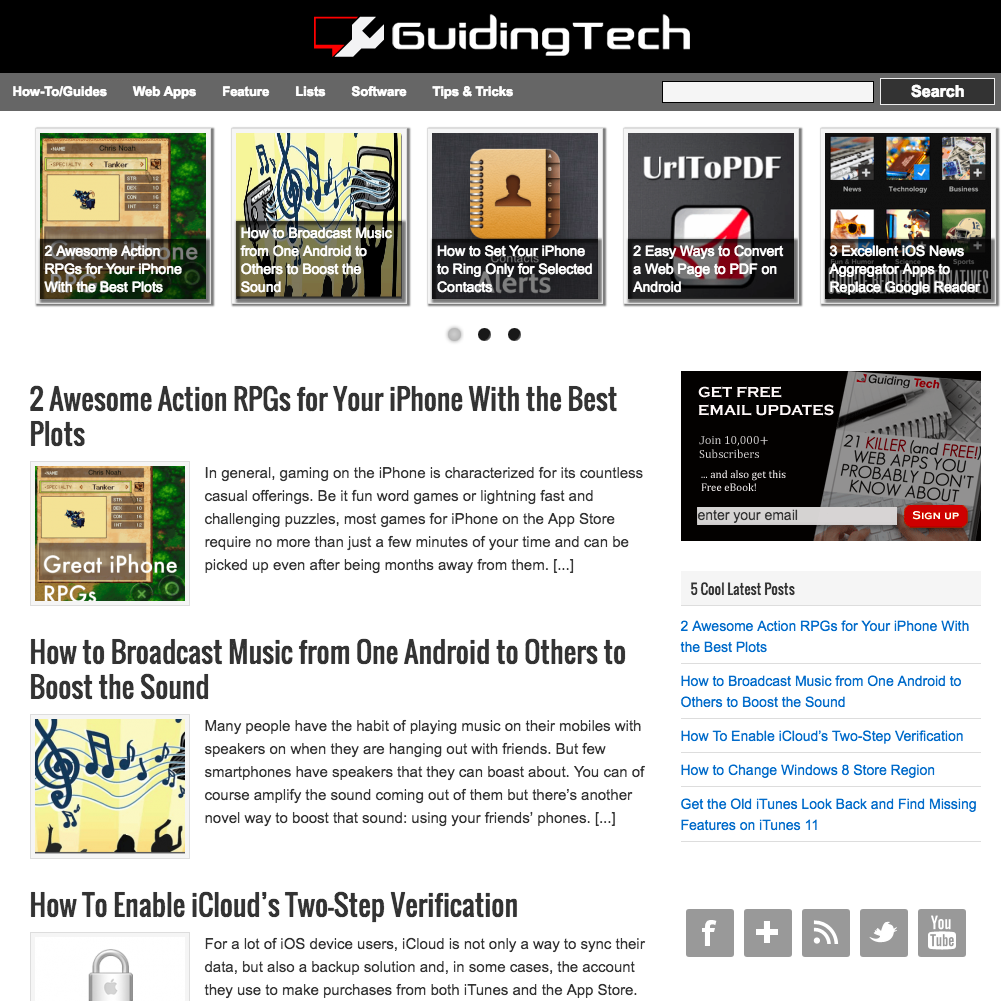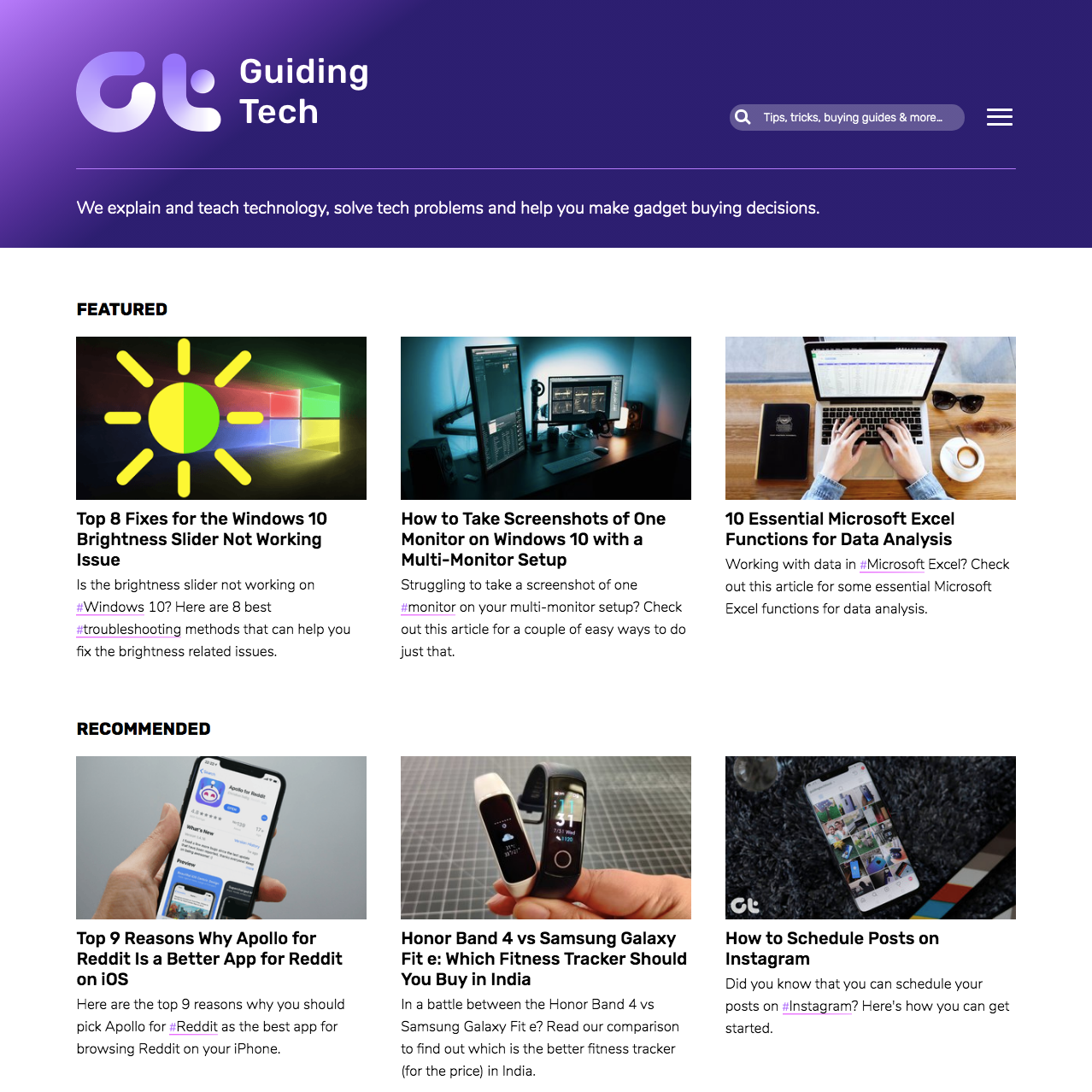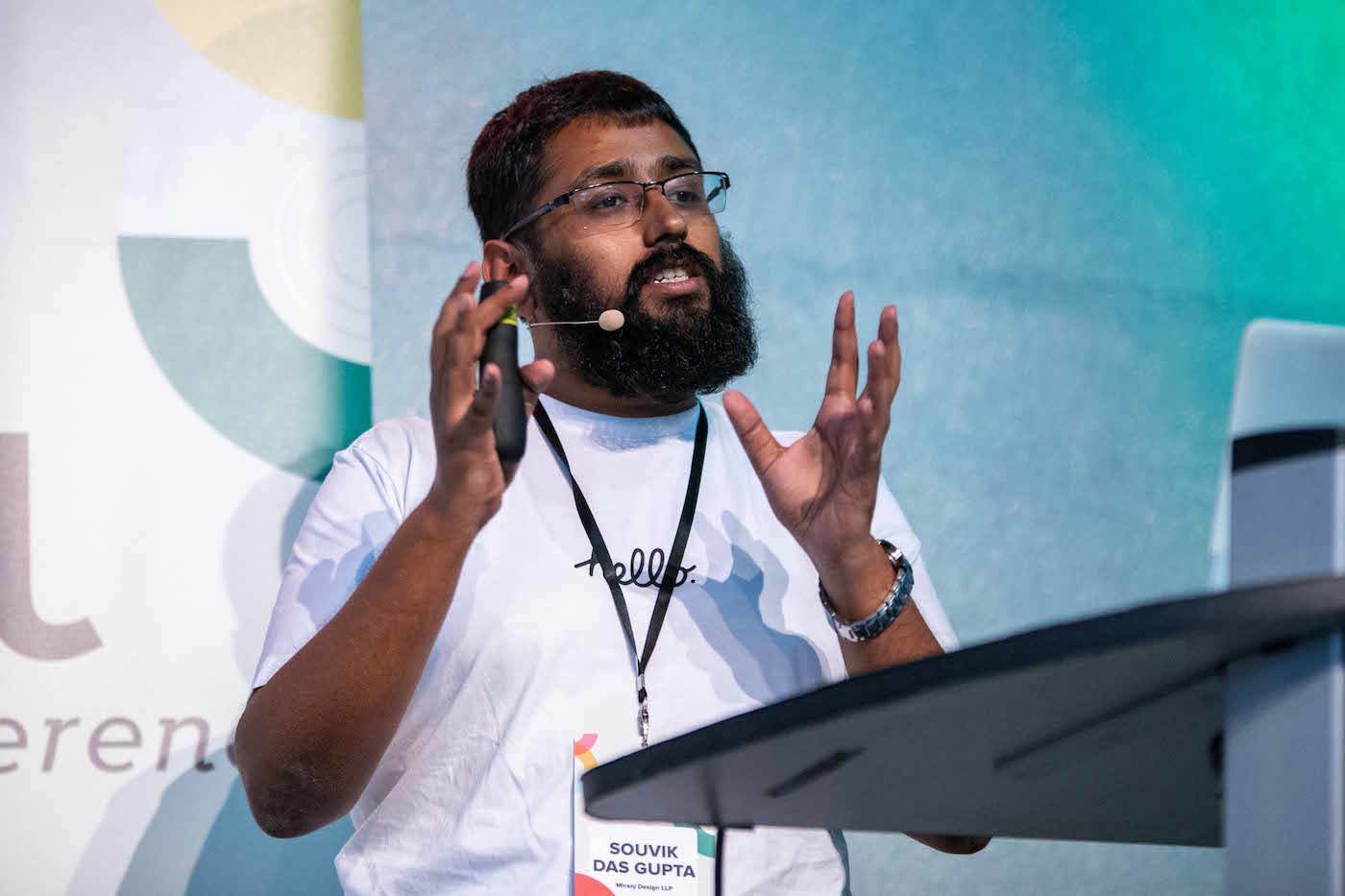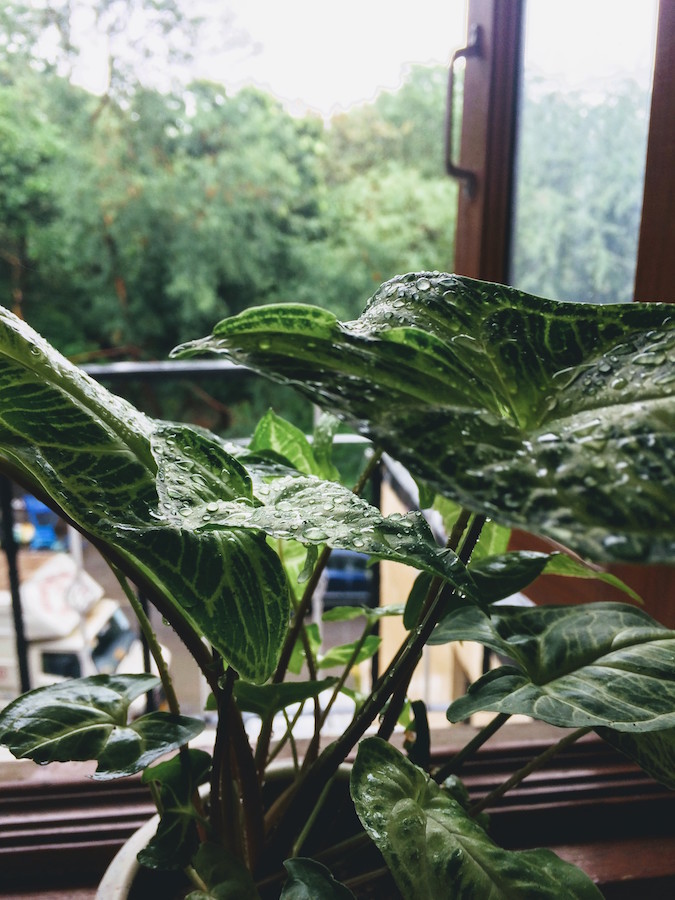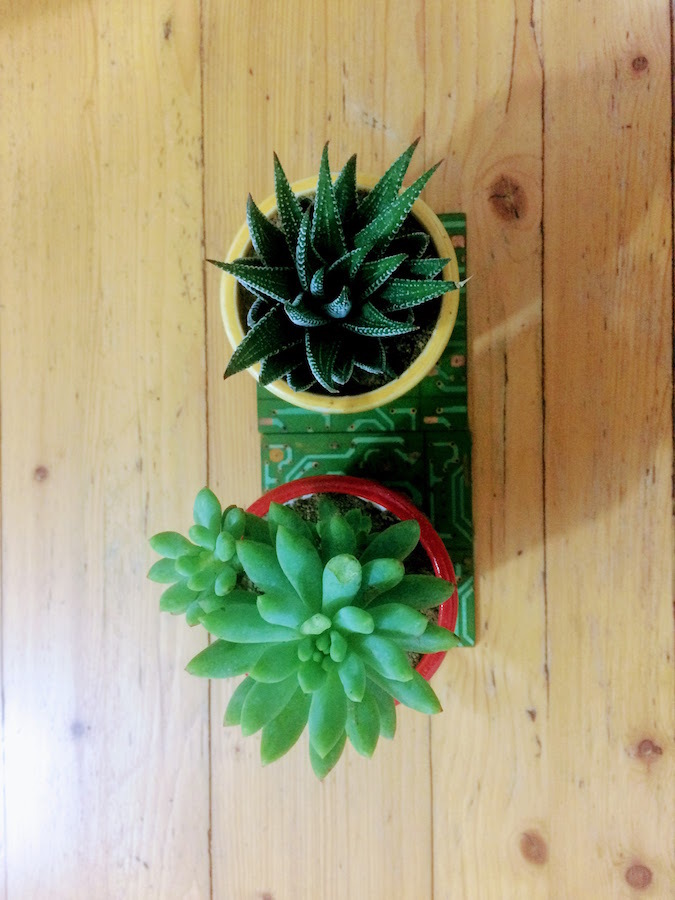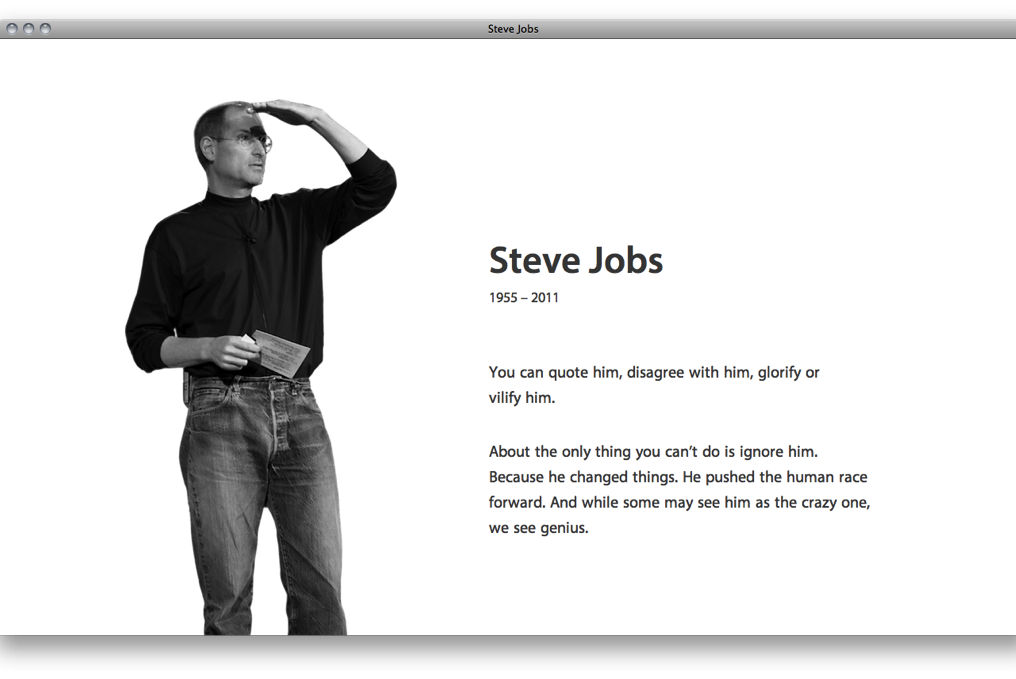2020 – 21 Year(s) in Review
- Author
- Prateek Rungta
- Published
We’ve been publishing year-in-review posts since 2017. These offer a good opportunity to pause and look back — take stock of what we’ve accomplished, how much we’ve grown, where we faltered, and all the ups and downs along the journey. Of course it also helps present a snapshot of the company’s journey to the rest of the world, but it is as much an exercise of reflection as it is an exercise in documentation.
We missed out on this for 2020, the First Year of Covid™, so this will be a dual year in review for both 2020 and 2021. There’s a lot of ground to cover, so let’s get started.
🌱 Growing Practice
Our core practise remains that of building websites. It is why we show up at work every single day. And while we continue to practise web design and development, project after project, taking a moment and looking back made us realise how far we have come.
Our engagements have grown in scope, in scale and in ambition. We worked on a university website with 70 different content-types and 18 different micro-sites for various faculties and departments, all supported by a single CMS.
While we continue to develop deep expertise in Craft CMS, we are just as excited to adopt new tools and technologies and explore unchartered territory. We got our hands dirty with Svelte and the nuances of the OpenType font format in order to build a powerful browser based tool for testing fonts (with a focus on Indic typefaces).
We have been lucky to have a steady stream of interesting enquiries come our way, and unfortunately we’ve had to turn down several of them because we have our hands full.
We managed to successfully adapt our intensive in-person workshops into fully remote sessions, staggered over a few weeks, to ensure full participation of all the required stakeholders.
Guiding Tech, one of our flagship projects, was acquired by a US-based media company. We had revamped their website in 2017, and had since been constantly improving the tech and adding new features over the years.
👯 Team Effort
We have been building websites for over ten years now. But for most of this time, the execution was done by Souvik and/or me. We were now starting to grow a team, both on the project execution side of things as well as the operations side of things. This meant learning how to distribute work. Align on outcomes. Defining a voice and a benchmark for the studio which resides not just in our heads but is accessible to and mould-able by every member of the team. Lots of processes were experimented with. Lessons were learned, extra baggage was shed, new tools were adopted and old ones discarded.
We added two new people to the team — Paul Manem and Divya Chauhan.

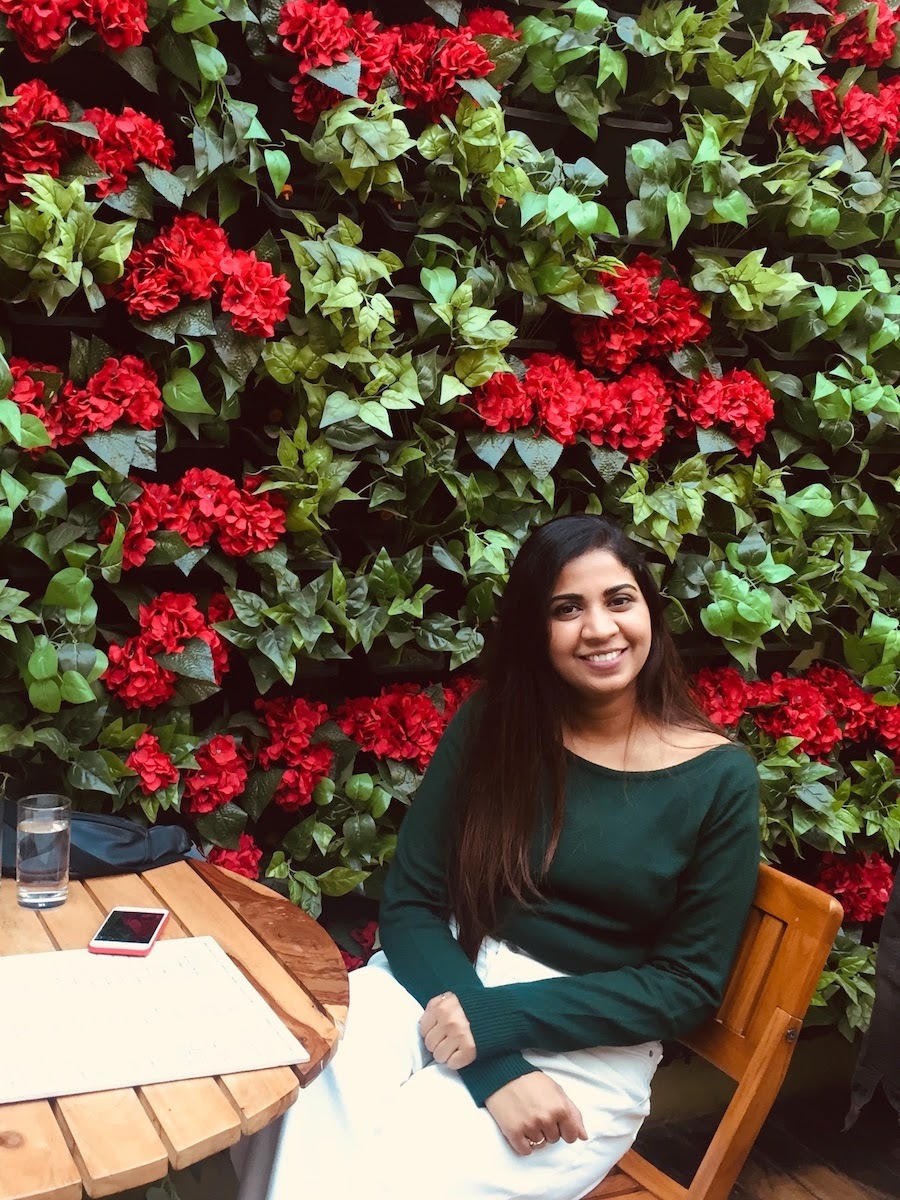
Paul is a self-taught web designer and developer from France but based out of Phnom Penh in Cambodia. He has been making websites for 10 years and had already been using Craft CMS for some of his projects before he joined us in the summer of 2020. If you meet him, watch out for his dry sense of humour and witty side-remarks.
Divya joined Miranj as an executive manager to help with the operational side of things. She comes from the hospitality industry and is great at tackling operations, logistics and client interactions. She joined us in early 2021, and ever since our team activities and celebrations have become livelier and full of cheer.
We still have a long way to go, but we’re steadily growing more efficient, predictable and timely with our processes and deliveries.
🎂 Ten Years Young
Did I just mention we’ve been building websites for over 10 years now? That’s right, we completed a decade in business! Feels like a long way back when Souvik and me were running around accountants, trying to come up with names that had .com and .in domains available, and reaching out to friends and family to land our first client. What a ride it has been. Despite remaining small throughout, we’ve travelled a long way from a tiny basement office in 2011 to now having a distributed team across India and Cambodia. We had big plans to celebrate this milestone with our clients, friends, collaborators and well-wishers, but sadly had to defer that due to the pandemic.
There are a bunch of other Indian companies that started around the same 2011 (plus/minus one year) period who we like to think of as our batchmates — HasGeek, 3 Sided Coin, Blue Tokai, Zerodha etc., and we’re glad to be in their company. At the same time, we also remember a lot more who are no longer around. Ten years often does not feel like much in lifespan terms. Yet it is long enough to have experienced few of our clients’ entire team undergo two rotations of its members leaving and joining, while we’ve been steadily supporting their websites all along.
We are grateful to everyone who has helped us make it this far.
🏕 Remote by Default Only
A pandemic. In our lifetimes. Much like the rest of the world, we had no idea what to expect or how things were going to play out. Everyone complied with the lockdowns, of course, but we continued working from our homes. The office was around, something we’d go back to once things were normal. Normal, heh. Calls upon calls seemed to be the new normal. No social interactions seemed to be the new normal. Blurred lines between life and work seemed to be the new normal.
At some point, it became increasingly apparent that there was no going back in the foreseeable future. We decided to let go of our (beloved) workspace and instead decided to invest in everyone’s home setups. We decided to have a team member from a different country and ensure they were treated no different than a team member in the same city. We switched to regular virtual team activities in the form of daily stand-ups, weekly town-halls and monthly chill-sessions.
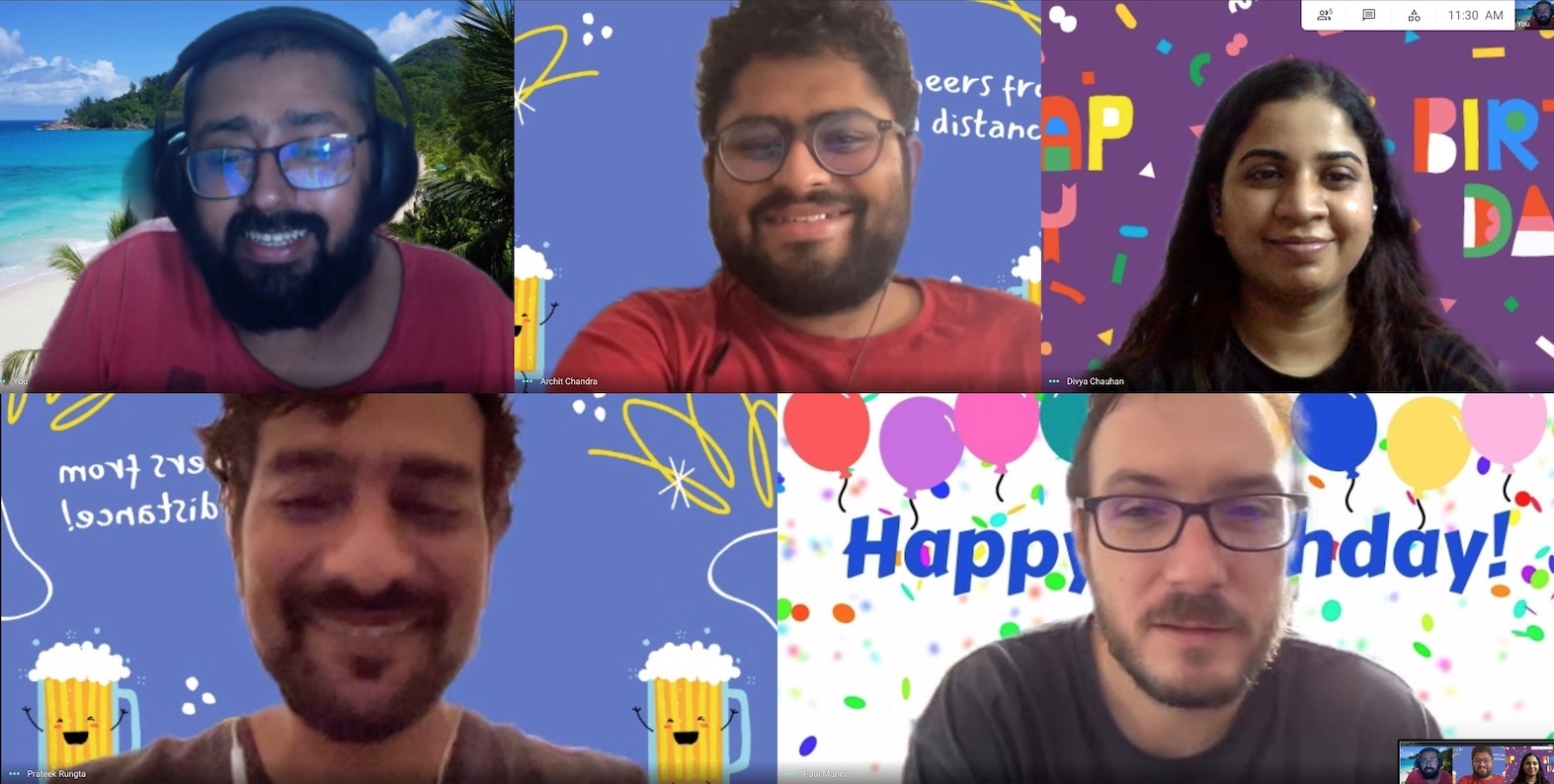
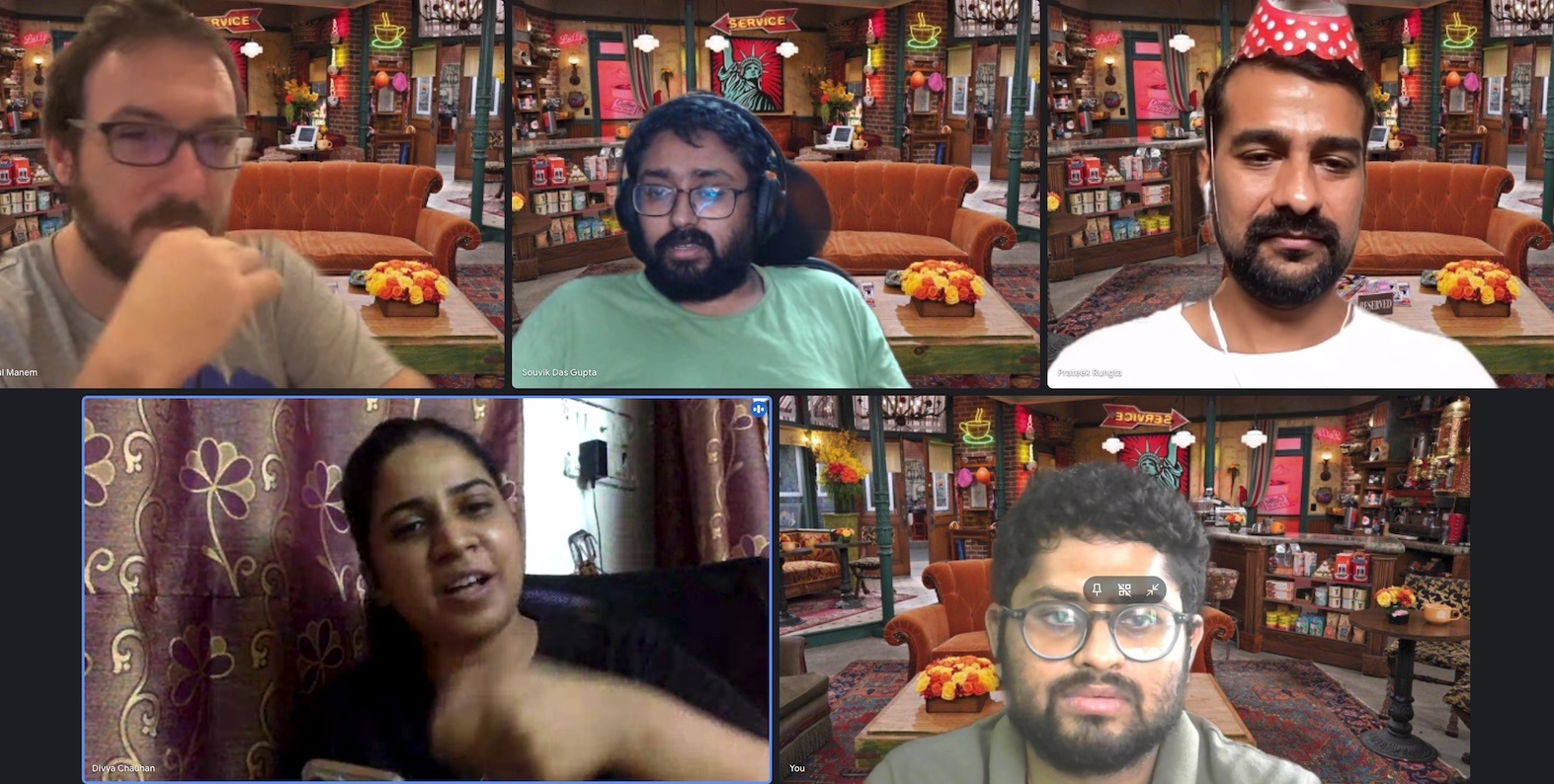
🎂 Birthday celebrations for Souvik (left) and Divya (right).
We strived to operate in a remote by default mode even when the entire team was co-located, so the initial lockdowns didn’t quite bring the house down. But we have now managed to completely re-orient ourselves to become a fully-remote organisation.
🧧 Giving Back
We have finally started giving back in the form of regular institutional donations. We decided to donate a percentage of our profits at the end of each financial year and, after much deliberation, decided to split our pool three ways between projects or organisations that:
- Impact our work
- Impact our industry
- Impact our society
Everyone on the team is encouraged to nominate (and campaign for) worthy candidates in all three categories. We then conduct a poll for the submitted candidates and pick one winner in each category. So far we have made donations to Gulp, The Internet Archive, and Goonj in 2020 and Software Freedom Conservancy, Mozilla, and AltNews in 2021. We urge you to join our efforts in supporting these organisations if they resonate with you.
👥 Community Initiatives
One of the things we love about the web industry is the community. All of us at Miranj learned web design through the abundance of knowledge and resources made available by fellow web designers of all levels — beginners, practitioners, and experts; freelancers, studio folks, and big tech workers. We too have always wanted to give back and grow this pool. We have written and spoken about our techniques and shared our code, albeit intermittently. But we were able to do this in two big, consistent ways recently.
Content Web — Weekly sessions to discuss various facets of creating and managing content-based websites such as marketing/business websites, publishing sites or e‑commerce sites. It ran from July to December 2020 and was hosted on the Hasgeek platform. We tried to touch upon the three key practices that work together for any website creation i.e. content, web design and web development. Some of our favourite sessions (in no specific order) were:
- Designing custom grids that scale by Hamsa Ganesh
- Getting started with Web Typography by Karl Fernandes
- Modular Typography for the Web by Hamsa Ganesh
- AMP and Core Web Vitals by Naina Raisinghani
- Using Web Page Tests (WPT) effectively by Satiya Prasath
- Creating Responsive Data Visualisations by Gurman Bhatia
- The Modern Approach to Search Optimisation by Souvik Das Gupta
Two Studio Heads Walk Into a Bar — Bi-weekly sessions for discussing the business side of small creative service agencies. Kick-started in July 2021 by Souvik and Tejas (from 3 Sided Coin) and joined by some of our peers and acquaintances along the way. Some of the highlights from the first season:
🎙 Appearances
Talks
- Micro-caching in Nginx for High Performance at the Bangalore Site Speed meetup.
- Critical CSS for CMS-based, Server-rendered Websites at the CSS loading and Critical CSS conference.
Features
- A demo of our Router Craft CMS plugin in Ben Parizek’s Craft The Planet newsletter.
- The type testing testing tool we built for Universal Thirst at TypeLab Asia 2021.
- A case study on our work for Guiding Tech on The Hard Copy.
Discussions
- “Developers are from Mars, Designers are from Venus” on the devMode.fm podcast.
- Curiosity and Information Architecture panel at 24 hours of UX.
Writing
- Why Your Website Should Look Beyond English on The Hard Copy.
The Lows
There was a noticeable, undeniable increase in work load and stress during the last two years. Some of this was undoubtedly directly attributable to the pandemic raging all around us, but a lot of it was also due to our struggles grappling with the gradually blurring lines between life and work. Some of it was due to growing pains inside a young team still figuring things out. There were also reasons that had nothing to do with work. Regardless, all of us struggled for different periods of time over the last two years. We talked about it, took time off, travelled when possible, and attempted a lot of small changes. We are in a much better place now, but remain careful and reflective of the time gone by.

We also saw a departure from the team. Archit Chandra, our first long-term team member decided to move on from Miranj late last year and explore other opportunities. We’ll be missing out on his deep care for process, constant feedback/engagement that helped us get more organised as a studio, and his astonishing levels of trivia and general knowledge.
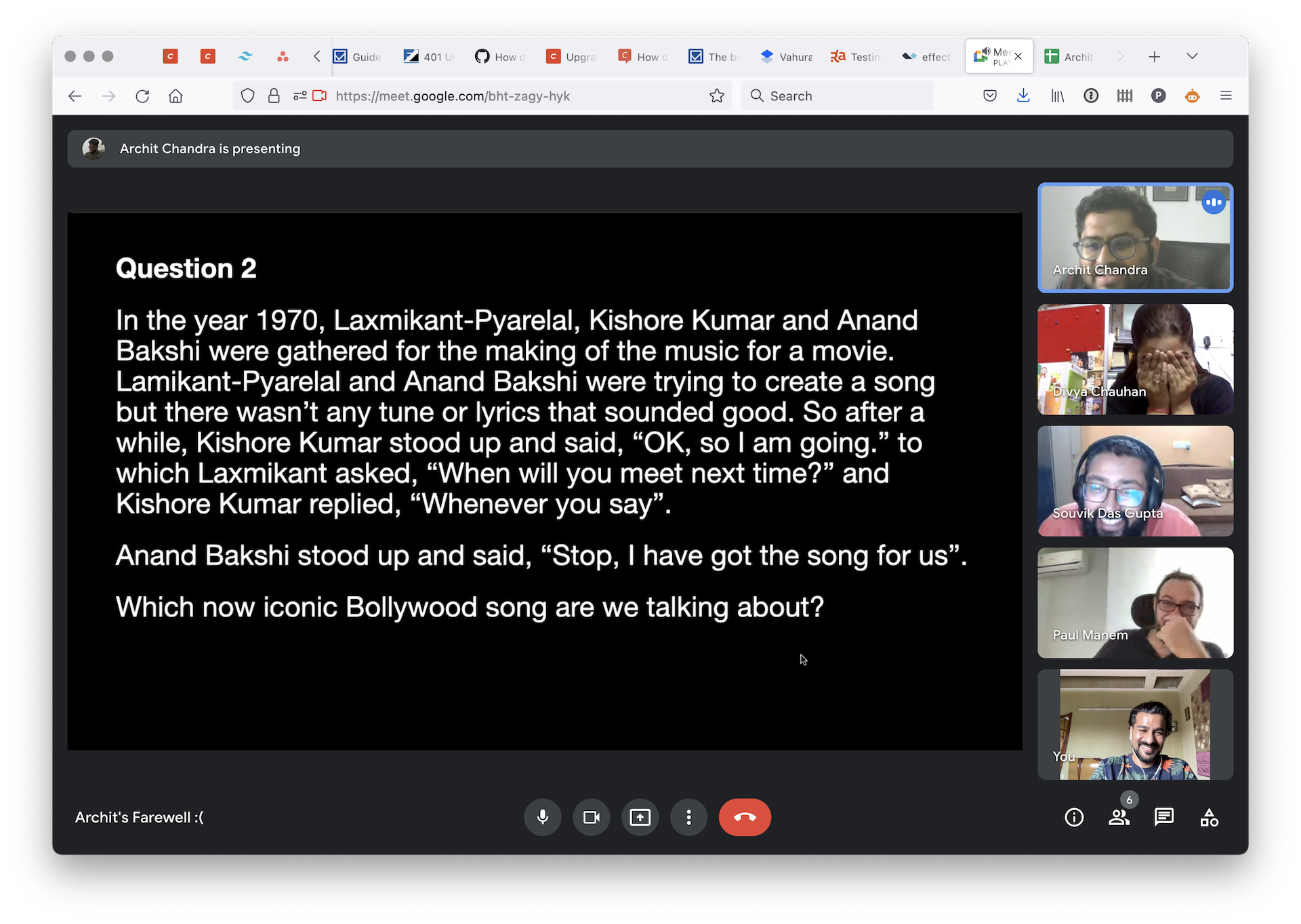
Archit put together a quiz for the team as his exit interview.
We wish him well and continue to cheer him from the sidelines.
Lastly, a project that we had worked on and completed during the first few months of 2020 has, after awaiting a public launch for almost a year, now been shelved completely. Another project that had launched in 2019 went offline after a year as the organisation ceased all communication (and perhaps operations).
2020 – 21 in Numbers
- 2 new team members, 1 departure
- Undertook 13 client projects
- Worked with 5 collaborators
- Hosted 2 events and 2 talk series
- Worked with/in 5 geographies
- 6 project launches
- 1 new plugin release
- 1 person got married
